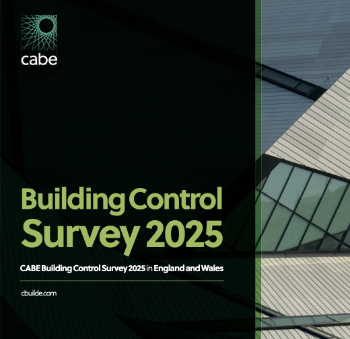Pre-tender estimate for contracts
The pre-tender estimate (PTE) is the final estimate of the likely cost of the works that are described in completed tender documents prepared to seek tenders (offers) from prospective suppliers. The pre-tender estimate itself is not included in the tender documents.
It provides a final comparison with the budget, and along with the cash flow estimate enables the client to confirm that sufficient funds are available before committing to seeking tenders.
It also gives a basis for assessing and comparing tenders when they are returned.
If the pre-tender estimate exceeds the approved budget, an explanation should be provided for the client to consider and issue instructions.
As with the tender documents, the pre-tender estimate should be broken down into a series of packages (even if there will only be one main contract), this will allow easy appraisal of tenders received, which are likely to prepared by contractors based on prices of packages received from sub-contractors. It ensures that the tenders are easily compared with one another and with the pre-tender estimate, and any anomalies or potential savings identified.
The pre-tender estimate should be prepared following a standard approach to estimating such as that defined by the new rules of measurement (NRM).
NB: A post tender estimate is '…a cost estimate carried out after the evaluation of tenders to corroborate the funds required by the employer to complete the building project.' For more information, see Post tender estimate.
[edit] Related articles on Designing Buildings
- Approximate quantities cost plan.
- Bills of quantities.
- Budget.
- Business plan.
- Cash flow projection.
- Contract sum.
- Contract sum analysis.
- Cost consultant.
- Cost plan.
- Elemental cost plan.
- Estimate.
- Estimator.
- Final account.
- Front-loaded costs.
- Initial cost appraisal.
- New Rules of Measurement.
- Order of cost estimate.
- Post tender estimate.
- Tender pricing document.
Featured articles and news
Designing Buildings reaches 20,000 articles
We take a look back at some of the stranger contributions.
Lessons learned from other industries.
The Buildings of the Malting Industry. Book review.
Conserving places with climate resilience in mind.
Combating burnout.
The 5 elements of seiri, seiton, seiso, seiketsu and shitsuke.
Shading for housing, a design guide
A look back at embedding a new culture of shading.
The Architectural Technology Awards
The AT Awards 2025 are open for entries!
ECA Blueprint for Electrification
The 'mosaic of interconnected challenges' and how to deliver the UK’s Transition to Clean Power.
Grenfell Tower Principal Contractor Award notice
Tower repair and maintenance contractor announced as demolition contractor.
Passivhaus social homes benefit from heat pump service
Sixteen new homes designed and built to achieve Passivhaus constructed in Dumfries & Galloway.
CABE Publishes Results of 2025 Building Control Survey
Concern over lack of understanding of how roles have changed since the introduction of the BSA 2022.
British Architectural Sculpture 1851-1951
A rich heritage of decorative and figurative sculpture. Book review.
A programme to tackle the lack of diversity.





















Comments
what is cost reconciliation and why is there one on all submitted tenders is required before placing a contract.